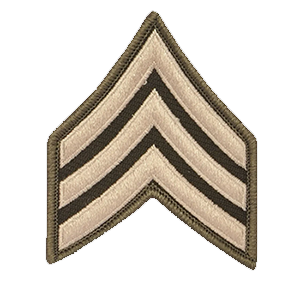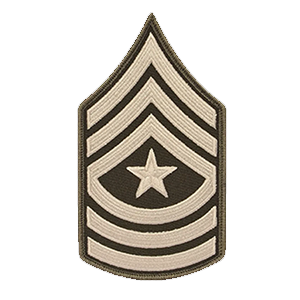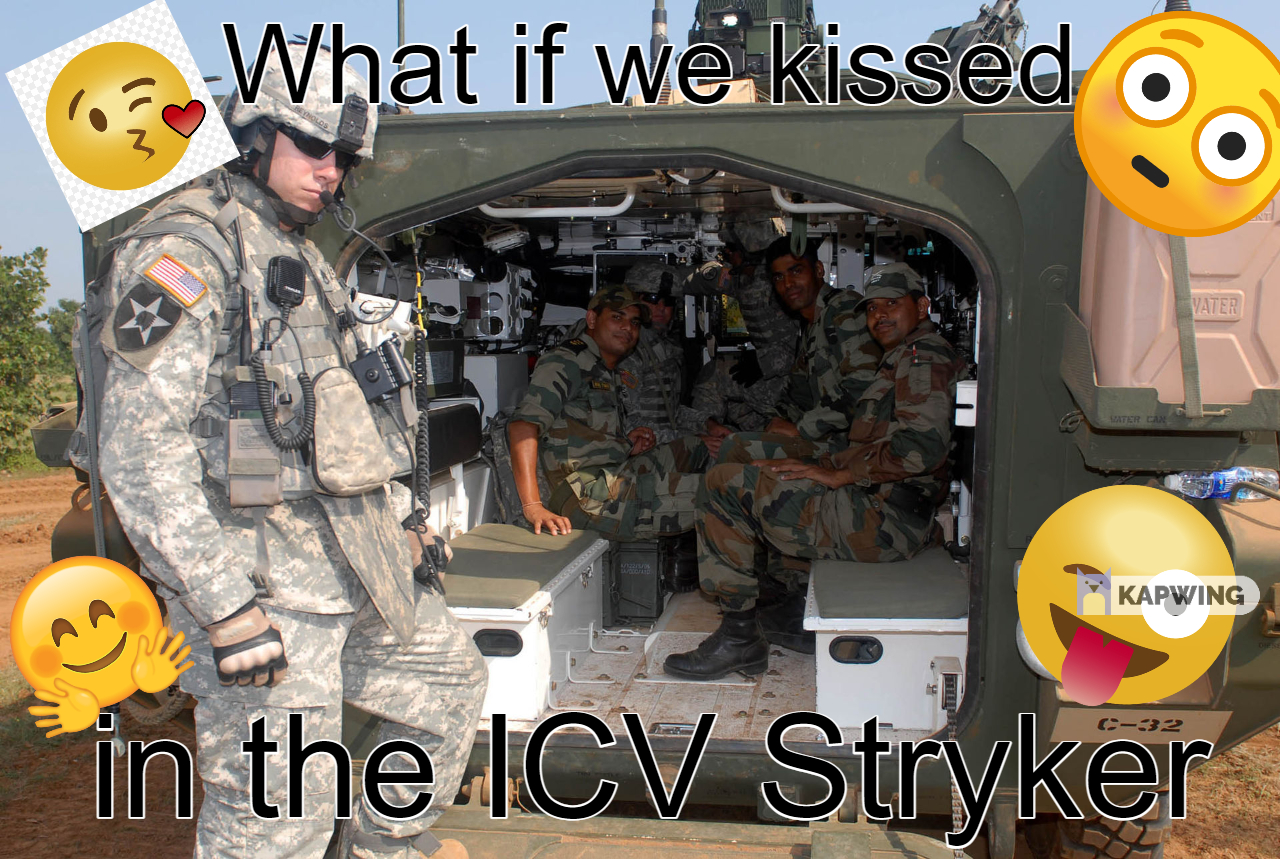-
Posts
66 -
Joined
-
Last visited
About B.Perez
- Birthday 12/08/1999
Recent Profile Visitors
511 profile views
Clanlist
Votes last month:
-
Gold Star Mother’s and Family’s Day takes place on the last Sunday of every September. It is meant to honor the mothers and families that have lost one of their own who served in the United States Armed Forces. The Gold Star originated in World War One, when families would hang ‘service flags’ at their homes to signify if one of their own was serving in the armed forces. Blue stars would indicate the number of family members serving, while gold stars would signify those who died in service. During the Great War, Grace Darling Seibold’s son, George, had volunteered for military service. During that time, Grace would help returning servicemen in hospitals cope with their trauma and attempts to return to normal life. All the while, George would correspond with her through letters. She continued to help servicemen in hospitals when the letters stopped coming, now hoping to find information regarding her son. In October of 1918, a package of his personal effects had arrived at his wife’s door, indicating that George had died in service. Grace wanted to help other grieving mothers, and after several years, in 1928 she founded the national organization, Gold Star Mothers. In the Joint Senate Resolution 115 of June 23, 1936, the last Sunday of September was declared “Gold Star Mothers Day” in recognition. While originally meant for mothers who lost children in WWI, it was expanded as the years went on to include those lost in WWII, the Korean War, and so on. Probably the most well known member of the Gold Star Mothers was Aletta Sullivan, mother of the five Sullivan Brothers who lost their lives while serving together on the USS Juneau, which was sunk during the Battle of Guadalcanal on November 13, 1942. In September of 2012, President Barack Obama declared that the last Sunday of September to be “Gold Star Mother’s and Family’s Day” in the presidential proclamation preceding every observance of the day, which President Donald Trump carried on September 2017. For this year, President Joe Biden stated in his proclamation the outrage he has for the recent terrorist attack at Kabul Airport resulting in the lost lives of 13 service members: “My heart aches that this year we have more Gold Star families who must mourn their heroic loved ones. Our Nation is forever indebted to those who gave their last full measure of devotion to defend our peace and security. We are devastated by their loss and inspired by their sacrifice. When we remember these fallen service members, we must also honor the people who mourn their losses. We remember them every day, and on this day, we pay special tribute to their surviving families.” With every observance of this Day, the President encourages the American people to display the flag and hold appropriate ceremonies as a public expression of our Nation’s gratitude and respect for our Gold Star Mothers and Families.
-
The USMC Reserve was established on August 29th, 1916 with the Naval Appropriations Act of 1916. With America’s involvement in the Great War likely, President Woodrow Wilson sought to create a centralized national reserve force to replace the state naval militias that had existed prior as far back as the Civil War. Rapid growth was seen, with over six thousand reservists in service by the end of 1918, including 300 women. Marine Reserve units had integrated with both ground and aviation elements during the war, helping turn the tide. U.S. Marine Lt. Gen. Karl S. Day, a junior officer at the time, spoke highly of the integration of Reserve Marines: “Nobody gave a damn and few, if any, knew who were regulars, temporaries, duration reserves, what have you.” After the First World War, however, most of the force had been demobilized until the late ‘20s when political support had allowed the Reserves to better organize, administrate and maintain itself. By 1930, over 10,000 Marines were in the Reserve organized into 18 battalions, this growth all the more notable due to the lack of pay during the Depression years as many were quite loyal to the Corps. When the US entered the Second World War with the bombing of Pearl Harbor, there was a massive swell of Marine reservists integrated into regular forces, necessary for the Pacific campaign. Of the 589,852 Marines to serve during World War II, approximately 70 percent were Reserves. Marine reservists had endured harsh climates, limited supplies, and fanatical Japanese forces in the island campaigns. They performed well, with 44 of the 82 Marine Medals of Honor during WW2 being awarded to Reservists. One such Marine included the aviator Gregory “Pappy” Boyington, the Marine Corps’ Ace of Aces. He was squadron leader of the Black Sheep, VMF-214, and had shot down 26 planes during the course of the war. After the end of the Second World War, the Reserves had seen another demobilization until the Korean war, when reservists had again provided seamless reinforcement into active units, giving needed aid to the fight and providing exemplary service, with thirteen Medals of Honor being awarded and every third aviation combat mission being flown by either a Naval or Marine aviator reservist. During the ‘50s and ‘60s, several training and organizational changes were made which gave over 200 occupational specialties and allowed the deployment of whole battalions, regiments, squadrons, and even divisions/wings instead of smaller integration units. While the Marine Reserve was not deployed to Vietnam despite the draft, several hundred Reserve Officers did volunteer for service, including the first combat artist in Vietnam. On the home front Marine Reservists helped by fundraising over $784,000 to buy tools, clothing, school and medical supplies for hearts and minds campaigns in Vietnam. Now, the Marine Forces Reserve has become the largest command in terms of personnel in the Corps, having organized themselves to mirror the Active Duty structure and supporting combat operations in both the Gulf War and the War on Terror. Every Reserve unit at the battalion and squadron level has deployed at least once during this time, and have also assisted in theater security cooperation, counter-narcotics, and crisis response operations around the globe. Bringing with them their civilian skills and education to the table, Marine Reservists will “Augment, Reinforce, and Support” their nation in times of war and emergency, as those of their past generations have done before.
-
Memorial Day is celebrated on the last Monday of May every year, in remembrance of those who have died serving the United States Military. While its exact origins are not known, it was started sometime after the Civil War when Americans across the country started to independently give tribute to the sacrifice of those who served, decorating their graves and giving prayers. In 1868 General John A. Logan proclaimed that May 30th would be “Decoration Day”, which would soon evolve into Memorial Day, earning status as a federal holiday in 1971. The total number of American soldiers who have died in war is over a million, the most deadly conflicts being the American Civil War (620,000-750,000 dead), both World Wars (116,516 and 405,399), the Vietnam War (58,209) and the Korean War (36,516). In the three day Battle of Gettysburg in the American Civil War, both sides had a combined amount of casualties of 51,000 with 7,000 dead. In World War I, the Meuse–Argonne offensive was the final Allied push which ended the war, but claimed the lives of 22,277 American expeditionary troops. In the invasion of Normandy, 2,500 American servicemen died in one day. In Vietnam, 12,000 of the American soldiers who died were draftees. In the forgotten war of Korea, the aptly named Battle of Bloody Ridge resulted in the loss of 2,600 American lives. Those may just be statistics, but each number had ascribed to it a name and a family like you or I, cut short by conflict in the preservation of the nation and her interests. Soldiers faced many deadly challenges throughout the years of conflict, beyond combat with the enemy. These included starvation and exhaustion, disease, and environmental exposure. Memorial Day is the unofficial start of summer in the United States, with the weekend being taken up by family barbeques and stores sales, take a minute of the day to remember those took up arms, and gave their lives. If you wish, you can look here to see some of those faces of the 6,840 killed in Operation Iraqi Freedom and Operation Enduring Freedom.
-
-
The Seabees Celebrate Their 79th Birthday The US Navy Seabees are a group of enlisted and commissioned members of the military designated with the duties of constructing military bases and infrastructure. In the years leading up to America’s involvement in WWII, the US Navy had primarily used civilian contractors for construction. However, due to international law these civilian contractors were not allowed to defend themselves, lest they be considered guerillas and allowed to be summarily executed by the enemy. With the need of having naval construction capabilities, particularly in the Pacific theater which consisted of mainly remote islands, in December of 1941, Rear Admiral Ben Moreell requested the ability to form a special unit to assist Navy and Marine operations. In January 1942 this unit was organized into Construction Battalions (known as “CBs”) of enlisted tradesmen, builders, and equipment operators which could defend themselves. By March 5, 1942, the Department of the Navy officially named these men the “Seabees”. In WWII, the Seabees served in over 400 locations across multiple theaters of war, with 325,000 men serving with about 60 different trade skills among them. After WWII, they were disbanded due to demobilization, but by the Korean War they were reactivated from their original home base of Davisville, Rhode Island. They assisted in amphibious construction operations as well as developing and maintaining airfields, defending what they build. In Vietnam, they provided not only military construction but also humanitarian efforts. On June 9th, 1965, CM3 Marvin G. Shields became the first and only Seabee who was awarded the Medal of Honor for fighting alongside special forces in defense of the unfinished Army Special Forces Camp in Dong Xoai. It was awarded posthumously, as he died of his multiple injuries during the evacuation. Seabees also served in other parts of the world, expanding and strengthening America’s power and influence. More recently, they’ve also served during the Global War on Terror, building and repairing airfields, bridges, and camps in Kuwait, Afghanistan, and Iraq. With their “Can Do!” attitude, the Seabees are ready to deploy anywhere around the world to assist in construction and humanitarian efforts, abiding by their motto they’ve had since their creation: "Construimus, Batuimus," We Build, We Fight.










